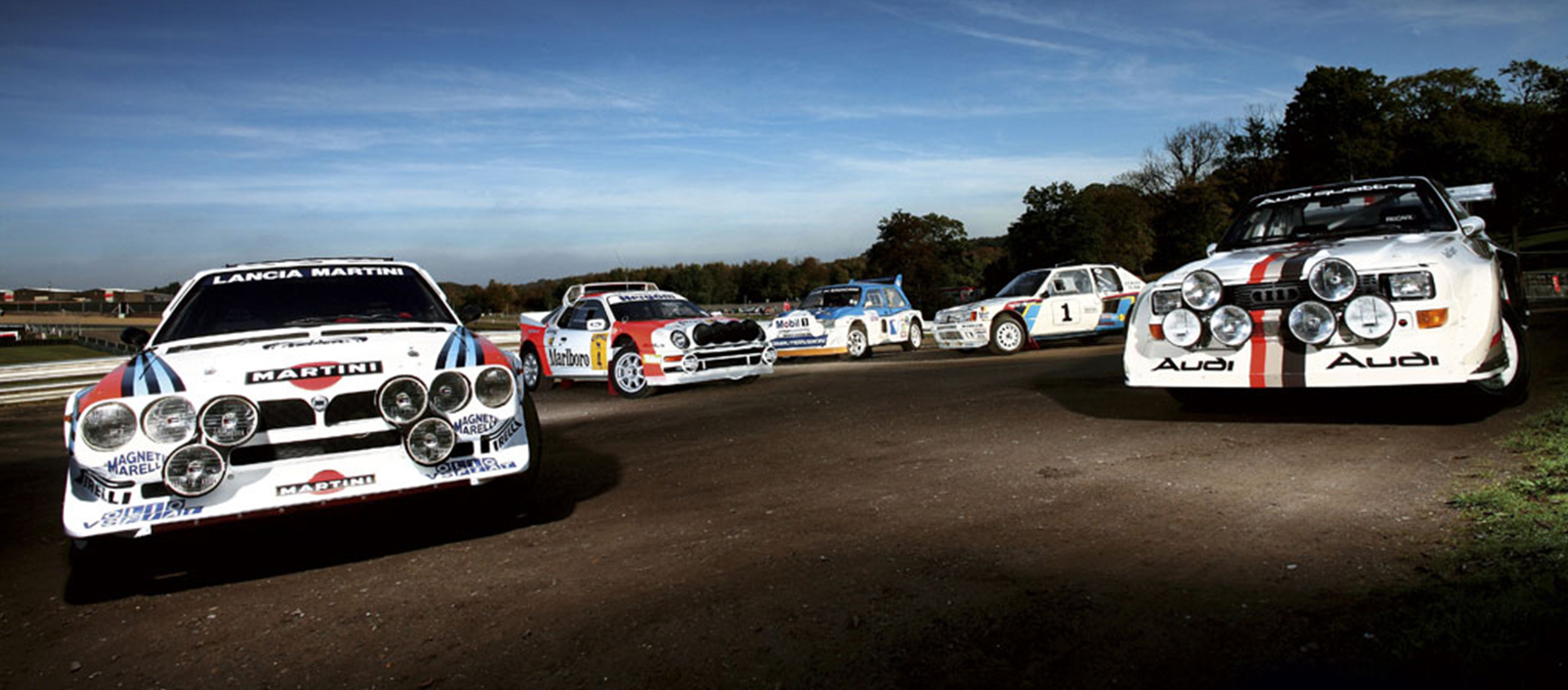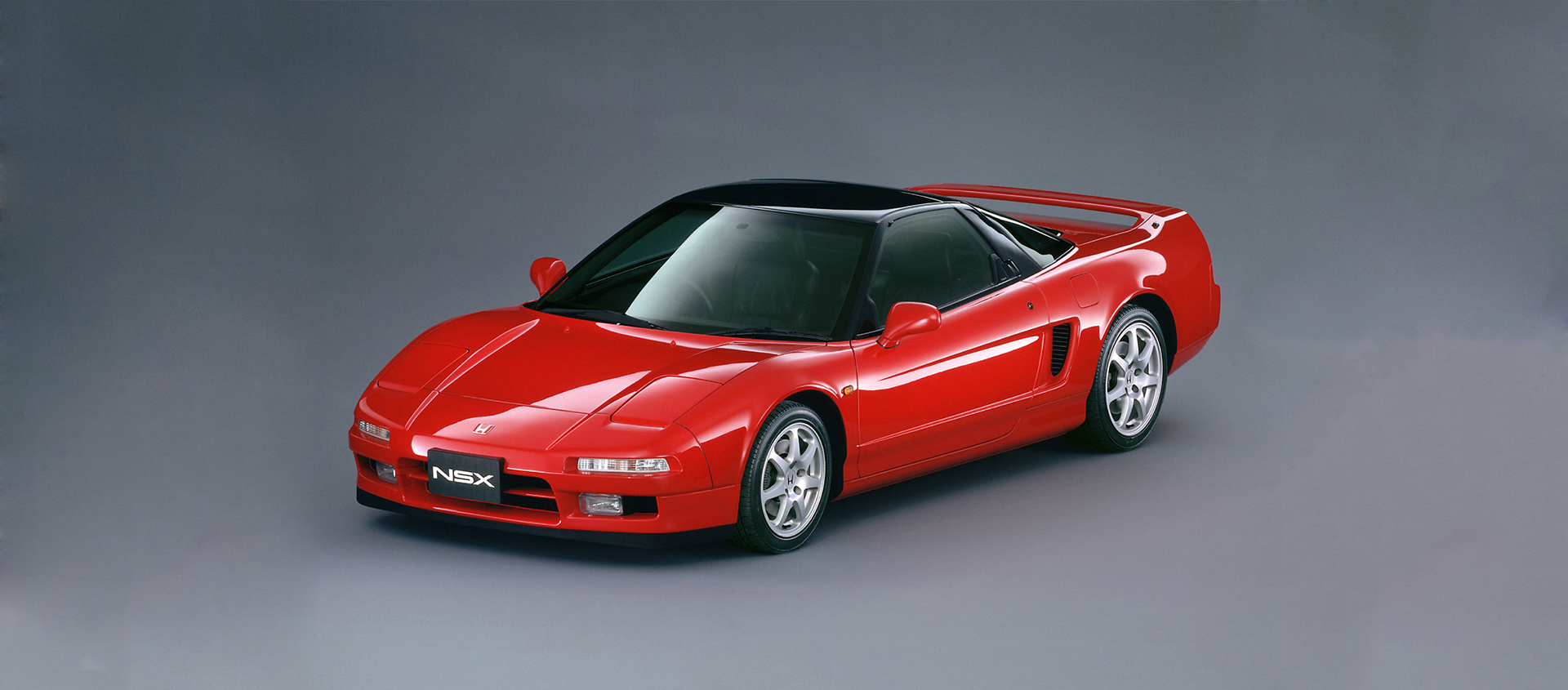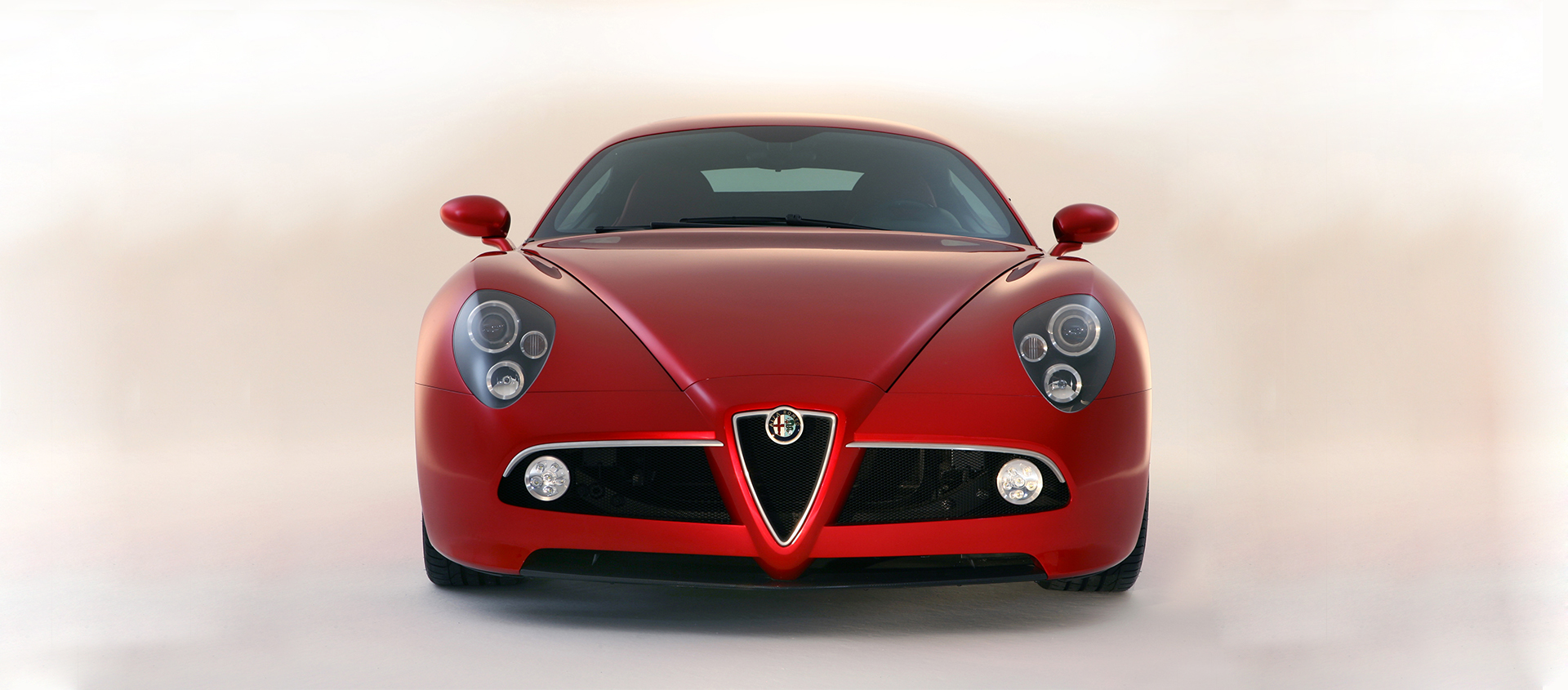The legends of Group B on the wave of "Reaganesque optimism"
03 May 2020 3 min read 10 images

The 1980s heralded the arrival of one of the most legendary classes in the history of motorsport. It was a time when the lack of real regulatory restrictions spawned some of the fastest, most powerful, and most sophisticated rally cars ever built. Introduced in 1982 by the FIA to replace the Group 4 and Group 5 classes on top of the wave of optimism ushered in by the new American president, which had swept across all aspects of our lives, Group B had very few design constraints, in addition to requiring only 200 road cars to be produced for approval purposes. The weight was kept as low as possible, high-tech materials were allowed and there were no restrictions on the architecture of the engine or on the choice of traction. The result was cars capable of producing up to 600hp with acceleration from 0 to 100 km/h in under 3 seconds and maximum speeds of over 200 km/h thanks to the weight that rarely exceeded 900kg. The manufacturers considered the rally world an important test bed for their series models, as well as a great stage to champion their image from. During the Group B years, the level of passion around the sport went through the roof, and an increasingly large number of fans began to follow the races live, even covering great distances just to catch a glimpse of their heroes. The largest rallies drew audiences in excess of two million people, attracted by the big names and the sheer performance of both cars and drivers. Group B, therefore, represented a challenge for both drivers and engineers, since the former were grappling with extremely difficult cars to drive, while the latter were constantly busy designing more powerful but at the same time lighter and more manageable models. The dream lasted 48 races divided into 5 seasons, with the first safety doubts raised by the death of Attilio Bettega in 1985, up to the final chapter in 1986, the year in which the hardest awakening of all occurred, with the serious accidents of Joaquim Santos in Portugal with the Ford RS200 which caused three deaths and thirty wounded and subsequently, on 2nd May, with the death of Henri Toivonen and his navigator Sergio Cresto, burned alive after leaving the road in Corsica on board the Lancia Delta S4. At that moment, everyone realized that we had gone too far, the lack of security for the spectators and for the drivers themselves led the Federation to the sad but now inevitable decision: Group B was cancelled. The 1986 season ended with the victory of the Peugeot 205 T16 driven by Kankkunen, the last champion of a category that left a deep void among its many fans. Today, all that remains is the memory of those fantastic cars, of their unmistakable roar, of their tarmac-tearing acceleration.
Register to unlock this article
Signing up is free and gives you access to hundreds of articles and additional benefits. See what’s included in your free membership. See what's included in your free membership.
Already have an account? Log In

